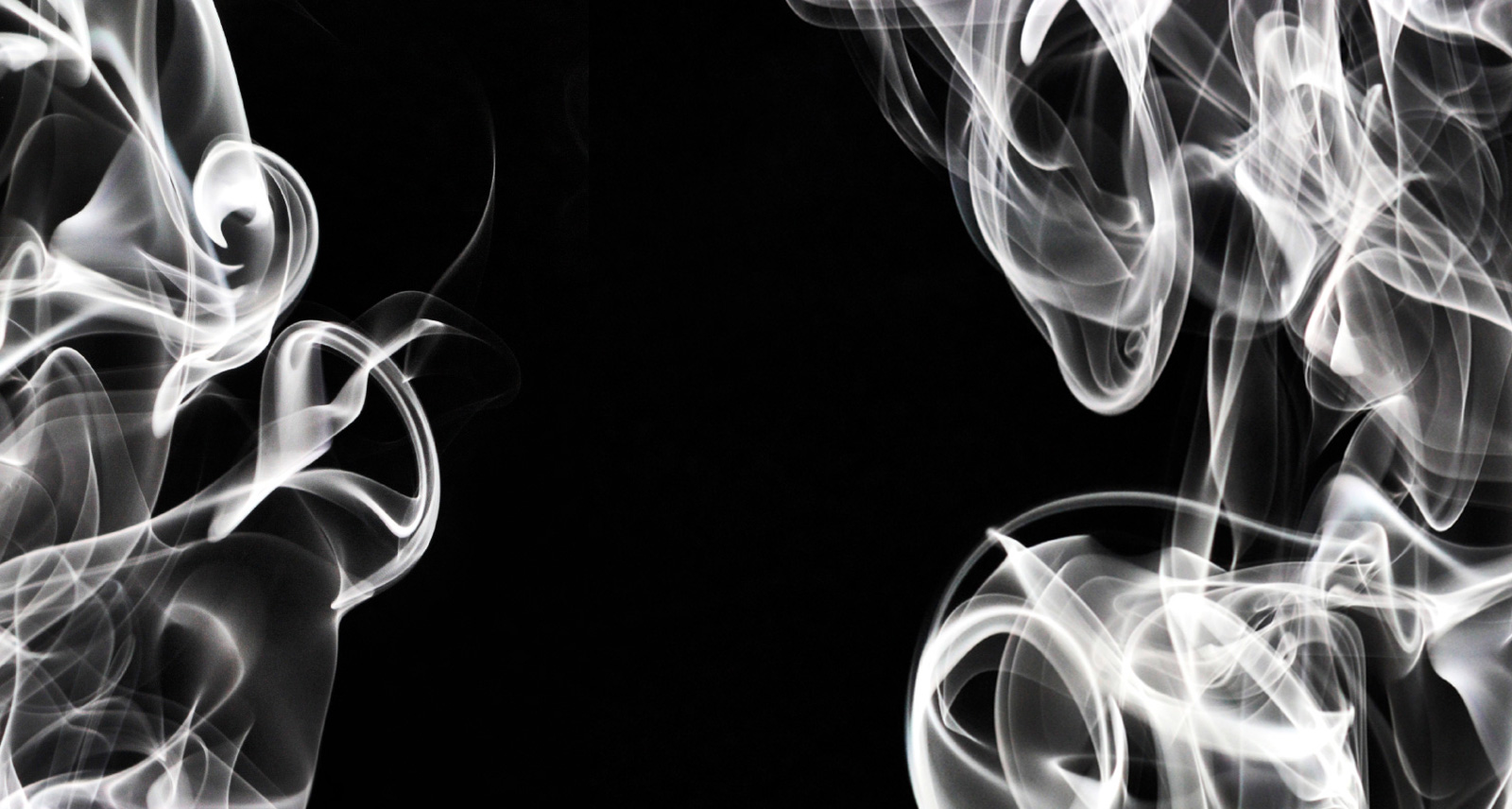
Recording Fire
Transmissions
07 October, 2013
Posted by John Niewiecki
Why recording fire transmissions from a scanner will result in better restoration lead generation

Are you wearing a fire scanner on your hip so you can listen for fire dispatches in order to increase business at your restoration company? Ever miss an address and wish you could go back in to hear it again?
Recording your fire scanner audio will solve this problem. With the ability to go back and listen to audio in order to fill in the blanks with information you may have missed while listening live means you never miss a lead. Plus, when done right, you can gather other information about the structure and extent of the fire to save time, money, and effort.
Who wants to make the effort to travel to a possible restoration lead when it is a false alarm?
In many markets, the first restoration or insurance adjuster on the scene earns the business. So the question that often follows this statement is, “Won’t I lose the immediacy of hearing a lead live if I record the audio?”
Yes and no, it depends upon the option chosen to record audio. Here are some ideas:
1. Simply connect your scanner to the audio input jack of your computer and use software to record the audio. There are a few software packages that will allow this to be done, the easiest being the voice recorder already installed in most PCs. Part of the challenge this option poses is of course the fact that you are simply recording the audio from the scanner in one long audio file. This would create a situation in which one must listen to the audio file for hours inclusive of the dead air between transmissions in order to find and follow up on the leads.
2. Use software designed specifically for police/fire scanner audio recording. Software such as ARCXT PRO is designed with two main purposes in mind:
First, to help you program your scanner with fire frequencies. If you are willing to take the time to learn how to use this software for this purpose, it will likely come in very handy. Although it is not often that fire frequencies are added or subtracted from a public safety radio system, systems are rebanded or move from analog to digital, and when this does occur having software to keep your scanners up to date is a necessity.
Second, and more important to fire restoration lead generation, is the ability of ARCXT Pro software to record each transmission individually as well as the data associated with each transmission onto a PC. As opposed to a recording mechanism that is not made specifically for fire scanners, a software program like the ARC products will recognize the beginning and end of each transmission, record each transmission as a separate file, remove the dead air between fire transmissions, and associate the appropriate information such as the text tag, frequency, duration, and so on. This makes identifying fire leads and moving through transmissions far more efficient.
3. Use of recording software on a PC that allows for multiple scanners to be networked together and recorded onto one PC. This is similar to the ARCXT PRO-type option, but with far more capability of remote scanner control, recording, and listening. When multiple scanners are scanning the same group of fire frequencies, if done right, a restoration company can capture simultaneous transmissions giving way to far more fire leads.
4. Web based applications with similar capacities as described in #3, but also allow for recording offsite are available. Lead Generation systems such as these allow for transmissions received by your fire scanners to be broadcast over the internet securely in such a way that only those with access can listen and gather leads from your fire scanners. Having web access to one’s scanner audio creates huge advantages by way of access from just about anywhere there is an internet connection. So from your home, a hotspot, or even your Android phone, you can listen to your scanners and gather fire restoration leads..